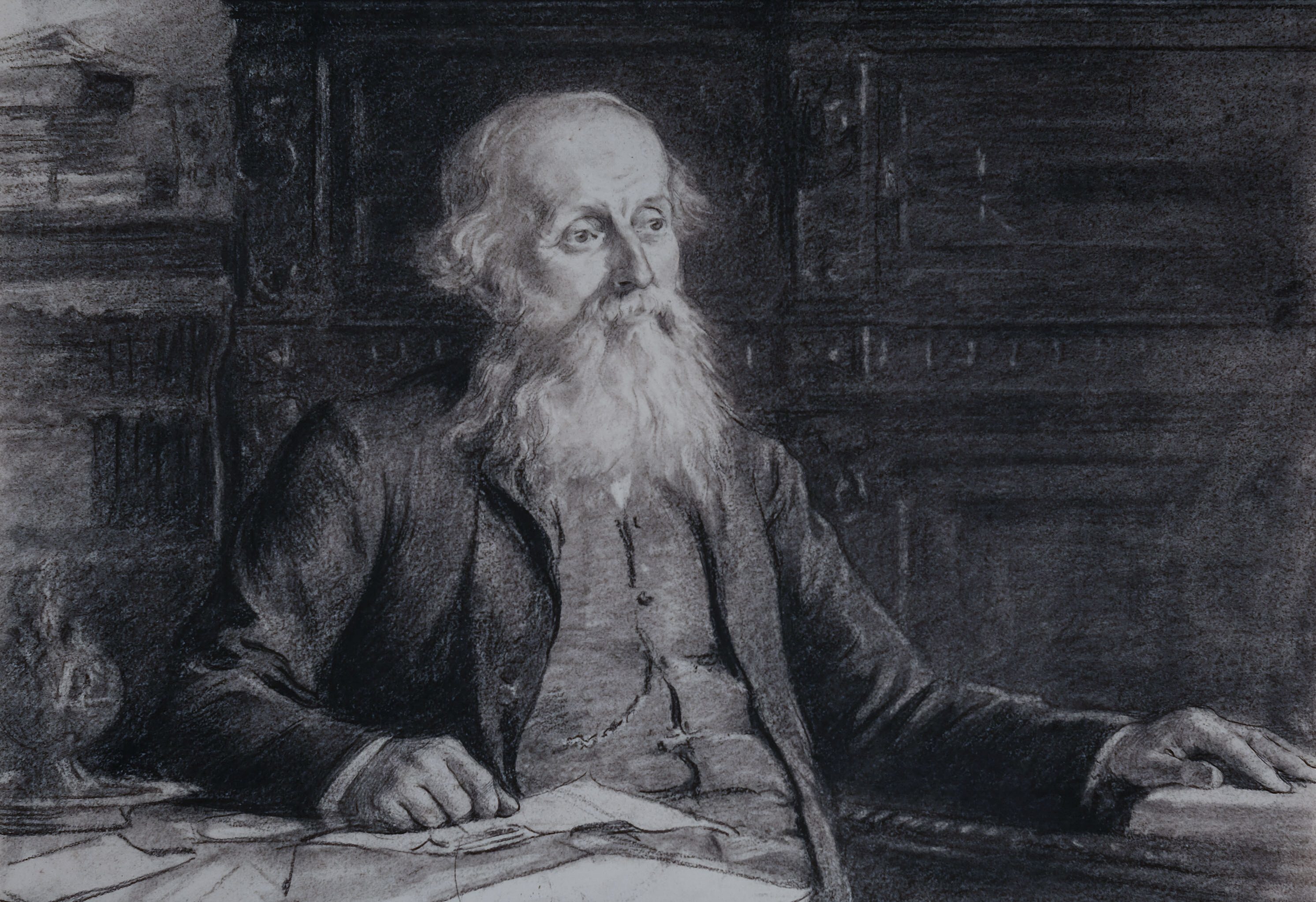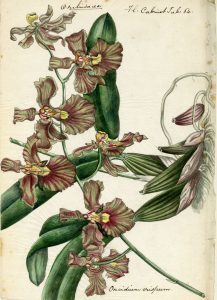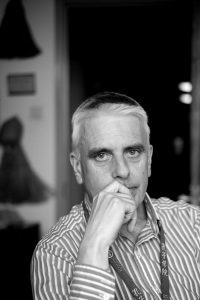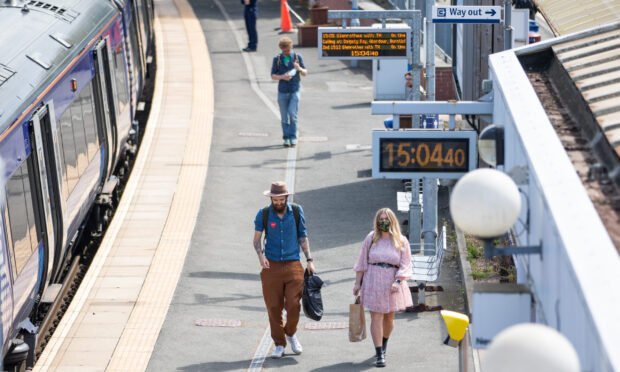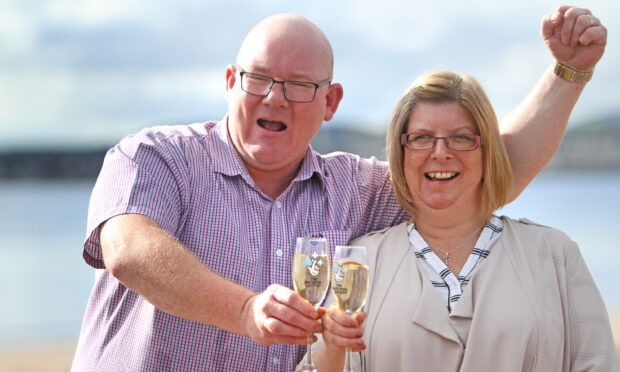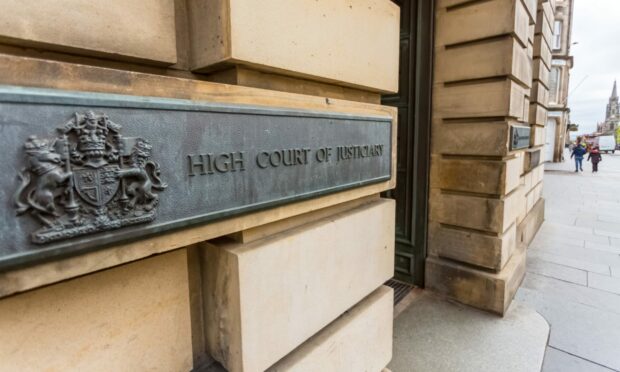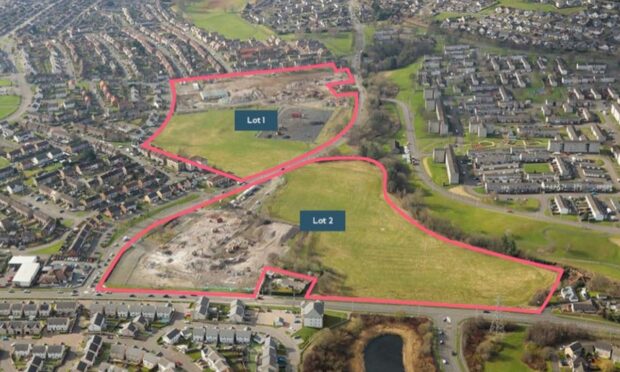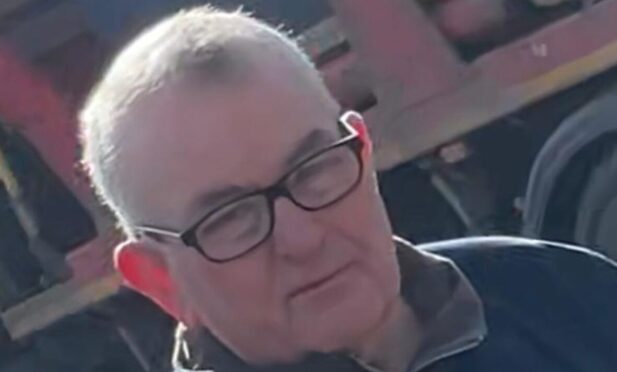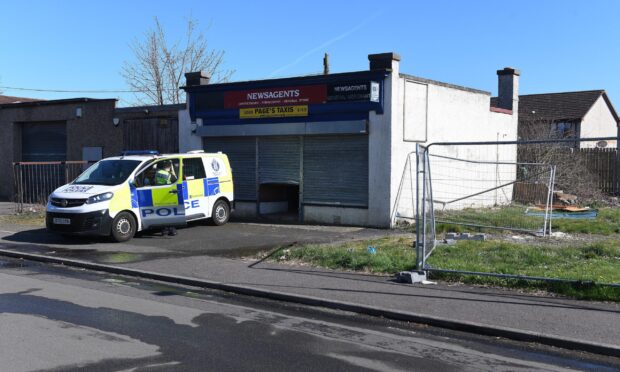The story of a remarkable Fife surgeon who was a pioneer in forest conservation has been brought to life as vividly as the detailed botanic drawings he collated.
Hugh Francis Clarke Cleghorn of Strathvithie’s significance as one of the most important benefactors in the Royal Botanic Garden Edinburgh’s 300 year history has never been fully recognised.
Henry Noltie has penned two new books on the remarkable life of Cleghorn, dubbed Fife’s founding father of Indian conservation.
Cleghorn’s family was active in India two generations before he was born – his grandfather’s acquisition of Ceylon for Britain laid the foundation for the family fortune which was eventually to buy Stravithie near St Andrews.
He studied medicine at Edinburgh University at a time when medics were required to study plants and their relationship to drugs and that included botany at the RBGE in 1838/9.
Later he went to India as a surgeon with the East India Company where he used his posting to further his research into the abundant local flora, recording it in drawings made by Indian artists.
It was where he was to be based for the next 25 years, working on botany in addition to his duties as a surgeon and his love of plants planted the seed of a large herbarium of dried plants and 3,000 botanical drawings.
He was commissioned by the British Association for the Advancement of Science to compile a report on the effect of tropical deforestation and in 1856 was appointed the first conservator of forests for Madras.
After retiring to Fife in 1868 he was active in Scottish societies, and after his death his herbarium was given to the RBGE and his fine library, including the botanical drawings, was divided between Edinburgh University and the now National Museums of Scotland.
The latter collection was transferred to the RBGE in 1940 and it was these that were the catalyst for Mr Noltie’s work.
“He had been largely forgotten, and that was partly why I wanted to research him, that and the amazing collection he gave to the Botanic Garden.
“I started really realising his important in 1997 and I have been piecing together information since then, intensively for the last three years.”
